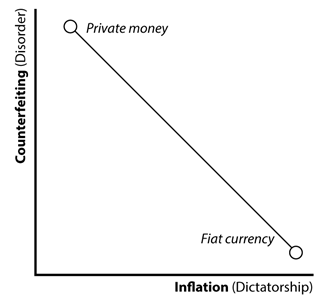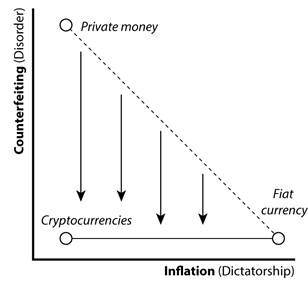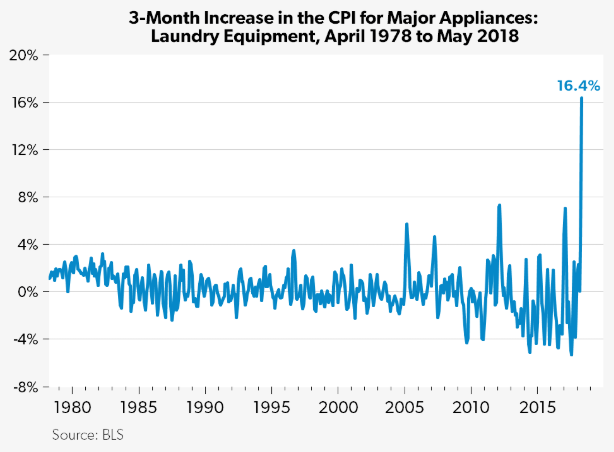TimeGhost History
Published on 10 Nov 2018When Germany spirals into hyperinflation and the French occupy the Ruhr, Adolf Hitler and Erich Ludendorff make a grab for power.
Join us on Patreon: https://www.patreon.com/TimeGhostHistory
Hosted by: Indy Neidell
Written and directed by: Spartacus Olsson
Writing and Research Contributed by: Rune V. Hartvig
Produced by: Astrid Deinhard
Executive Producers: Bodo Rittenauer, Astrid Deinhard, Indy Neidell, Spartacus OlssonArchive by Screenocean/Reuter https://www.screenocean.com
A TimeGhost chronological documentary produced by OnLion Entertainment GmbH
And from the comments:
We jump ahead briefly to 1923 as this week is the anniversary of the Hitlerputsch and the Georg Elser Bomb in 1939. We will return to part 4 of 1920 in shortly. Many thanks to Rune V. Hartvig for contributing to the writing of this episode.
READ BEFORE YOU COMMENT: This episode was recorded before we had our studio, therefore our the sound is not great. Also READ OUR RULES:
RULES OF CONDUCT
STAY CIVIL AND POLITE we will delete any comments with personal insults, or attacks.
AVOID PARTISAN POLITICS AS FAR AS YOU CAN we reserve the right to cut off vitriolic debates.
HATE SPEECH IN ANY DIRECTION will lead to a ban.
RACISM, XENOPHOBIA, OR SLAMMING OF MINORITIES will lead to an immediate ban.
PARTISAN REVISIONISM, ESPECIALLY HOLOCAUST AND HOLODOMOR DENIAL will lead to an immediate ban.Thanks for reading, and now…. let’s make history!






